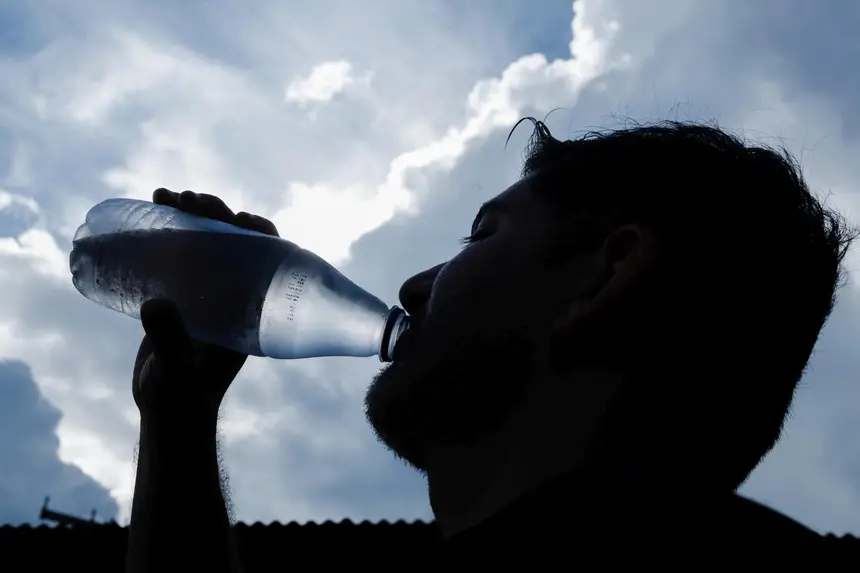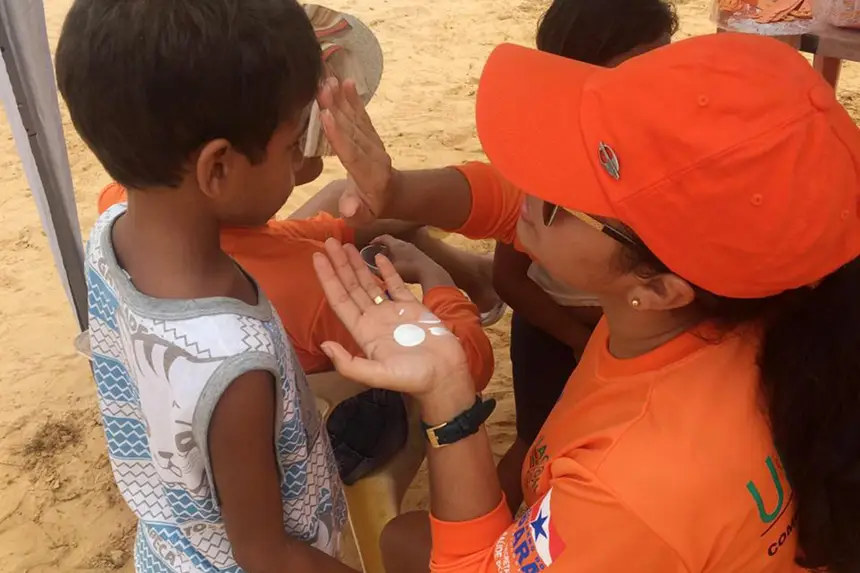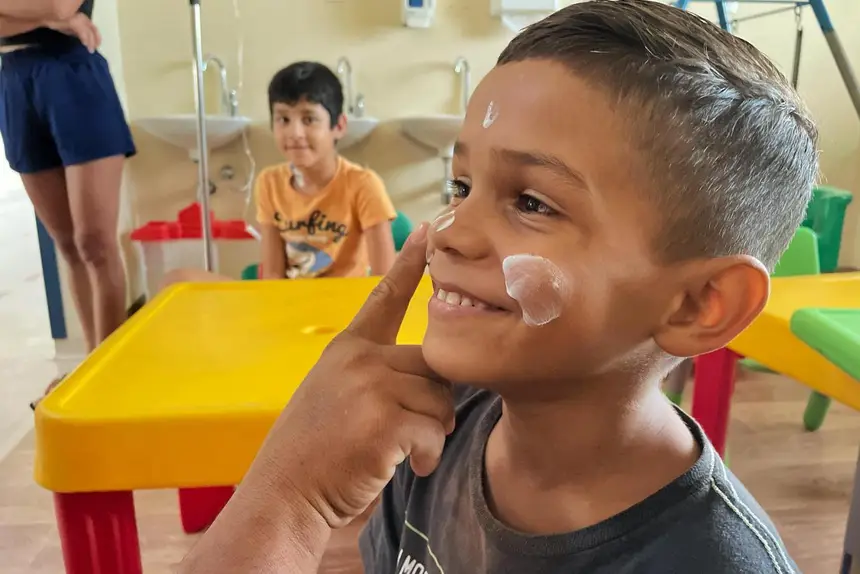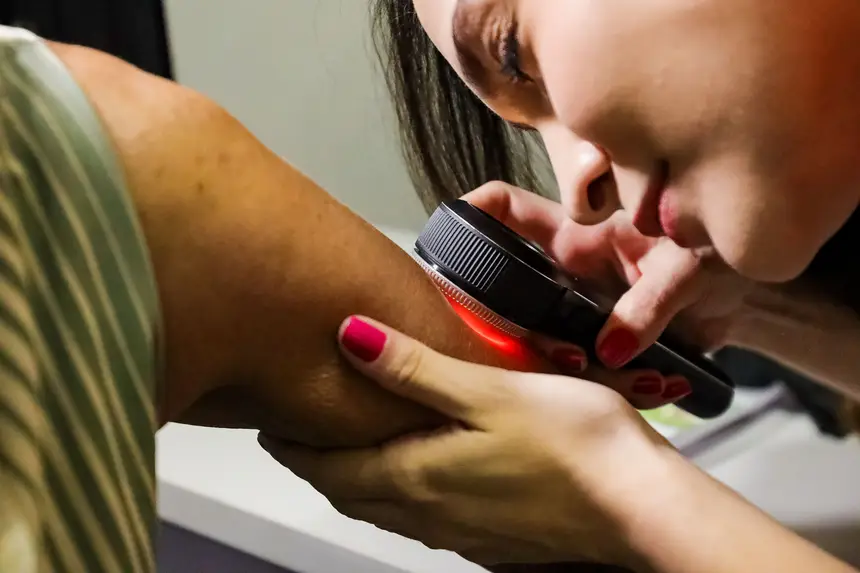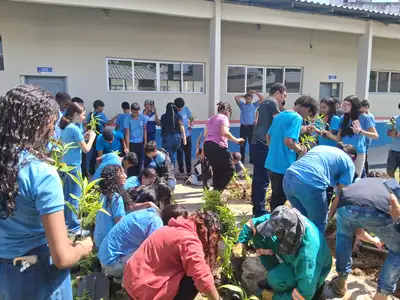State health network doctor gives guidance on skin care this Amazon summer
Hydration is the main focus. The calculation is 30 ml per kilogram for a person not exposed to the sun and up to 50 ml per kilogram for those going to sunlit places.
Care with hydration, sun protection, and nutrition are among the main alerts from doctors working in the state public health network this Amazon summer, a period of high temperatures in Pará. In July, during school vacations, exposure to sunlight on beaches and resorts is prolonged and deserves extra attention from the general public.
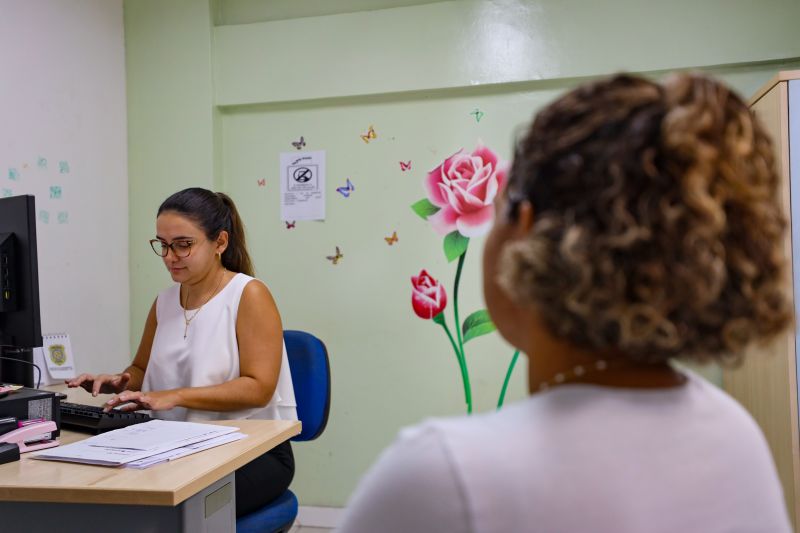
The dermatologist from the Integrated Center for Inclusion and Rehabilitation (CIIR), Juliana Barcellar, points out severe dehydration and first or second-degree burns as immediate risks. According to the professional, the best way to hydrate the skin is through liquid intake.
The calculation is 30 ml per kilogram for a person not exposed to the sun and up to 50 ml per kilogram for a person in a very hot and exposed environment. Orally, the recommendation is water and natural juices, and topically, dermatological moisturizers should preferably contain calming agents like panthenol, vitamins A and E.
“Regarding burns, it is also important to emphasize that sunscreen needs to be reapplied, even if the person is not in the sun, because this barrier diminishes over time. A mild sunburn is when the patient has pink skin and slight local discomfort, while if the patient starts to have excessively red skin or blisters appear, we already consider it a moderate sunburn. If the blisters evolve into a large quantity, intense pain, and systemic symptoms like fever, chills, malaise, or low blood pressure, it is already considered a more severe burn,” explains the doctor.
The preference for sun exposure should be, according to the dermatologist, during less intense hours, before 9:30 AM and after 4:30 PM. The guidance is that, in addition to sunscreen (with a protection factor above 70 at beaches, pools, and resorts), barrier sun protection should be used, including UV protection shirts, hats, sunglasses, lip balm, umbrellas, among others.
Prioritize light and easily digestible meals
Regarding nutrition, the recommendation is to prefer fruits that are rich in water, lighter meals that are easy to digest, and, if possible, to have small meals throughout the day, avoiding fried and fatty foods that are harder to digest.
The beautician Norma Danielle, mother of Maria Paula, 5 years old, intensifies care for her child during this vacation period, when she usually allows more outdoor playtime. “I always try to prioritize light clothing, hair tied up due to the heat, with a water bottle nearby. The use of sunscreen should be essential, as well as reapplication. If we go to the beach or pool, she already knows she needs to wear a thermal shirt, use an umbrella, and reinforce all daily care,” she points out.
Risks of diseases due to sun exposure
The Metropolitan Polyclinic in Belém intensifies alerts during this period about the risks of dermatological diseases caused by exposure to ultraviolet radiation. Each month, the unit offers about 700 free consultations in dermatology, with services from Monday to Friday, from 8 AM to 6 PM, for inflammatory skin diseases, infectious-contagious diseases, and biopsies to diagnose skin cancer. Dermatoscopy, histopathological skin exams, and immunohistochemistry are performed.
In Brazil, skin cancer represents 33% of all oncological diagnoses, being one of the main diseases associated with excessive sun exposure. In addition to the disease, other dermatological conditions can be aggravated, such as actinic keratosis, which are pre-cancerous lesions that appear as small red, hardened, and rough wounds; melasma, which are dark spots, usually on the face, that can intensify with the sun; and phytophotodermatitis, which is an inflammatory reaction caused by the combination of photosensitizing substances, such as lemon juice, and sun exposure.


